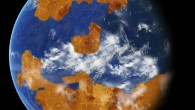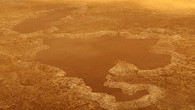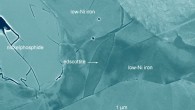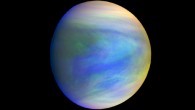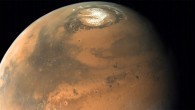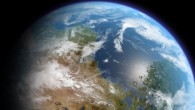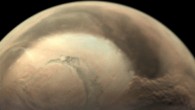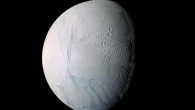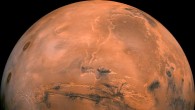A new image from the High Resolution Stereo Camera onboard ESA’s Mars Express shows the part of Nirgal Vallis, a dried-up river valley on Mars. This image, taken by ESA’s Mars Express on November 16, 2018, shows Nirgal Vallis on Mars. Image credit: ESA / DLR / FU Berlin / CC BY-SA 3.0 IGO. Nirgal Vallis lies just south of the Martian equator and was once filled with running water that spread across the planet. The river system is between 3.5 and...





